Walkabout: A Shirley Chisholm Architectural Walking Tour, Part 2
Read Part 1 and Part 3 of this story. Congresswoman Shirley Anita St. Hill Chisholm was one of the most important people to ever come out of Crown Heights, Brooklyn. She was the first African American woman ever elected to the United States Congress in 1968, and a few years after that historic “first,” was the…
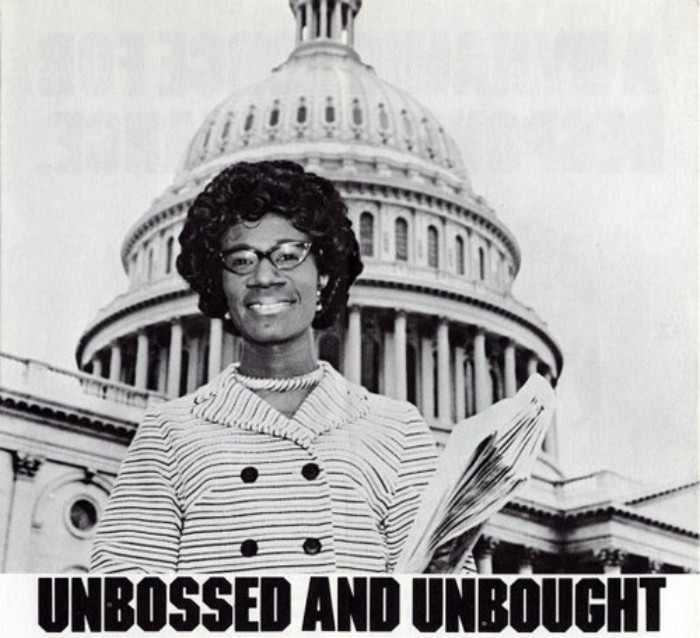

Read Part 1 and Part 3 of this story.
Congresswoman Shirley Anita St. Hill Chisholm was one of the most important people to ever come out of Crown Heights, Brooklyn. She was the first African American woman ever elected to the United States Congress in 1968, and a few years after that historic “first,” was the first black major-party candidate for President, and the first woman to run for the Democratic nomination for the Presidency, in 1972.
She was born in Brooklyn, went to high school in Brooklyn and graduated from Brooklyn College. She went over to that overrated island on the other side of the East River to get her Master’s degree in Education from Columbia University’s School of Teaching.
But even then, she was living in Brooklyn, and worked here, got married and went into Brooklyn politics. She was as authentically Brooklyn as the Brooklyn Bridge.
What better way to honor her in my architectural history column than to continue our Walking Tour of Shirley Chisholm’s Brooklyn.
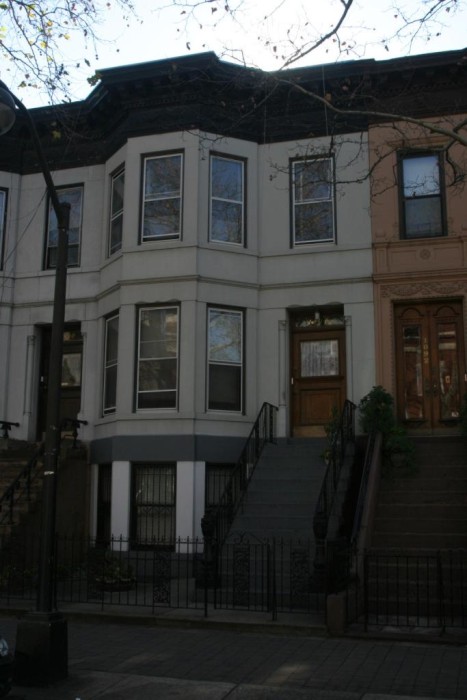
By the end of the 1940s, Shirley was still living on Prospect Place, teaching at the Mount Calvary Child Care Center in Harlem during the day, and going to Teacher’s College at Columbia in the evening. She worked at the center for seven years, while obtaining her Master’s degree in early childhood education.
During that time, she met a young Jamaican immigrant named Conrad Chisholm. He was working as a private investigator at the time, and they fell in love. They had a big Jamaican wedding in Brooklyn in 1949.
It’s true that busy people always have time to do more in their lives, and Shirley managed to work, go to school, keep house and also get involved in politics. She joined the 17th Assembly District Democratic Club.
By this time, in the late 1940s and early ’50s, this predominantly black district had all white officials, mostly career Irish politicians. The Democratic clubs elected the state senators, the assemblymen and the local city council member. They, too, were all white.
They had to have community meetings with their constituents, at the end of which they would open up their meetings to questions from the community. But many in this working-class immigrant minority community were too intimidated to ever ask questions, or demand things from their representatives. Plus they had to line up and approach the dais, like petitioners to the king. Well, Shirley wasn’t going to be one of them.
She stood up and asked questions, demanded answers, and made the elected officials and the club politicians sit up straight. The club tended to keep their women serving snacks and taking a back seat, but Shirley Chisholm was not a backseat kind of woman.
She took over some of the women’s committees and made the men address their concerns. It was her start in the contentious world of politics. Needless to say, she was not popular with the leadership of the clubs, but she gained the notice of a group of black leaders in Bedford Stuyvesant who wanted to organize to send their own to the seats of power.
In 1953, Shirley Chisholm became the director of the Friend in Need Nursery School in Brooklyn. After a year there, she became the director of the Hamilton-Madison Child Care Center in Manhattan, a large institution in Harlem.
She remained there for five years, and then took a position with the City as consultant to the City Division of Day Care. It was 1959. She had taken a break from politics during this time, but working in and near City Hall had once again whetted her interest in political office.
In 1960, she and six other people founded the Unity Democratic Club, a political club whose purpose was to get blacks and Hispanics more involved and organized in politics, and to get black and Hispanic candidates elected to office, especially in their own districts. The Civil Rights Movement was in full swing, and Shirley and others felt that it was more than time for black districts in the city to be represented by black elected officials.
She decided to run herself, and was elected to the New York State Assembly in 1965. She was only the second black woman to be elected to the New York State Assembly. She served until 1968, when she decided to run for Congress. During that time, she and Conrad bought their first house in Crown Heights, on Virginia Place, only two blocks away from her parents. Our walking tour’s third stop is this house.
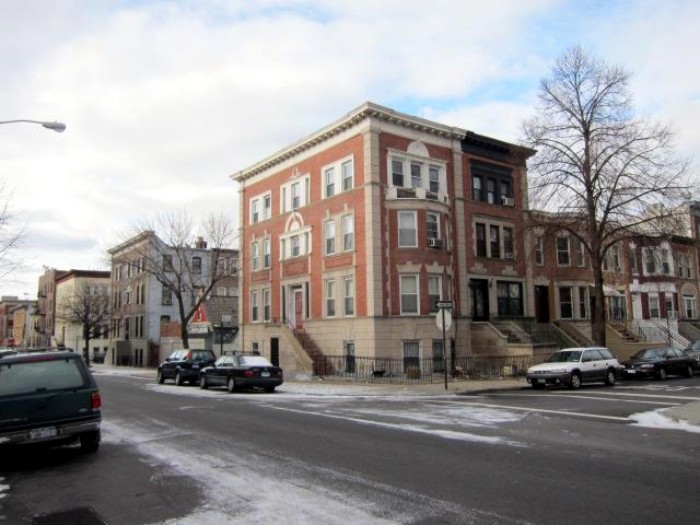
3. 28 Virginia Place: The two small streets of Hampton and Virginia places were the brainchild of two Philadelphia developers named Charles C. Haines and Hames A. Campbell. Part of this land deal involved a hotel in Virginia Beach, Virginia, which must explain the names of these streets.
Haines and Campbell had the streets added to the street grid, between Kingston and Albany avenues at Park Place. This was in the early 1890s, when the neighborhood was gaining cachet as the “exclusive and posh St. Marks District.” These houses were on of two small enclaves designed in this area, marketed as exclusive buildings in a quiet setting.
The design of the houses would be a unique mixture of 50 houses, 23 three-story-and-basement houses, along with 28 two-story-and-basement homes, all designed by the same architect, all joining harmoniously in a two-block cohesive unit. Each block would contain fourteen houses, two three-story houses on each corner, and two in the center of the block, with the west side of Hampton Place only having eight houses. The houses were designed by Charles Betts.
The Philadelphians, unfortunately, went bankrupt, and Charles Betts and his family’s construction and development company took over and finished the project. The first of these attractive Renaissance Revival style houses went on the market in 1902.
28 Virginia Place, the house the Chisholms bought, is one of the larger houses, this one even more significant, as it is a corner house, sitting on the corner of Virginia and Sterling places. Today, it’s still in fine shape, and is a two-family house. The Chisholms lived here for about six years.
In 1968, the courts ordered a new election district to be created in Bedford Stuyvesant. Before that time, the huge neighborhood had been parceled up and included in surrounding white neighborhoods which elected the representatives. Considering that Bedford Stuyvesant at that time encompassed parts of today’s Clinton Hill, all of Bedford, Stuyvesant Heights and Crown Heights North, up to Eastern Parkway, the old gerrymandered districts were even worse than they are today.
Both white and black Brooklyn Democratic leaders vowed to send a black politician to the U.S. Congress. Shirley decided to run, facing two other black Democrats for the nomination. She won. She then ran against James Farmer, one of the greats of the Civil Rights Movement, an organizer of the Freedom Rides, and a co-founder of the Congress of Racial Equality (CORE).
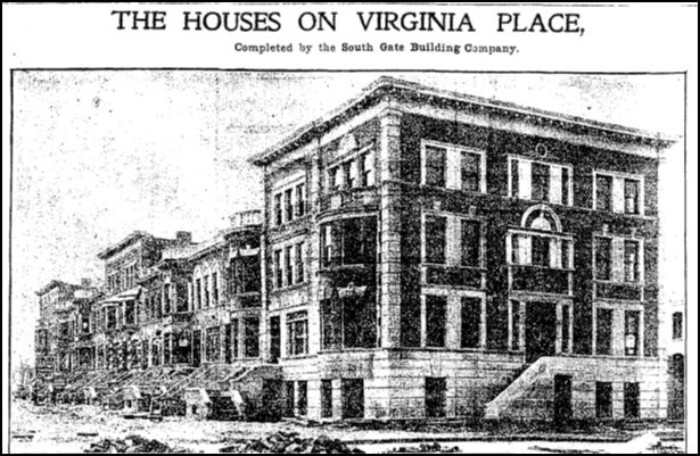
He was running as a Republican, in part because he said that the Democratic Party should not take the black vote for granted. They had the same views on most other positions, and you would have thought that Shirley Chisholm would have lost, due to Farmer’s history and name recognition. But Farmer made one big mistake.
He told his black audiences that black women had “been in the driver’s seat” for too long in the black community, and that the community “needed a man’s voice,” in Washington, not the voice of the “little schoolteacher.” Shirley went on the offensive.
She told her audiences that her motto was “Unbossed and Unbought.” She explained that “there were Negro men in office here before I came in five years ago, but they didn’t deliver.” She could. She also used here fluency in Spanish to woo the large Puerto Rican community living in northern Bedford Stuyvesant. She carried the women, the Spanish vote, and the general Democratic vote. She won with 67 percent of the total vote.
When Ms. Chisholm arrived in Washington in January of 1969, she was the first African-American woman to be elected to that body, and was one of three African Americans elected to Congress that year. She was also the only new woman elected that year.
Congress had heard about Shirley Chisholm, and they were not looking forward to this small, but very persistent black woman from Brooklyn. Her first speech at the podium, on March 26, 1969, was a condemnation of the Viet Nam War. Shirley Chisholm was just getting started.
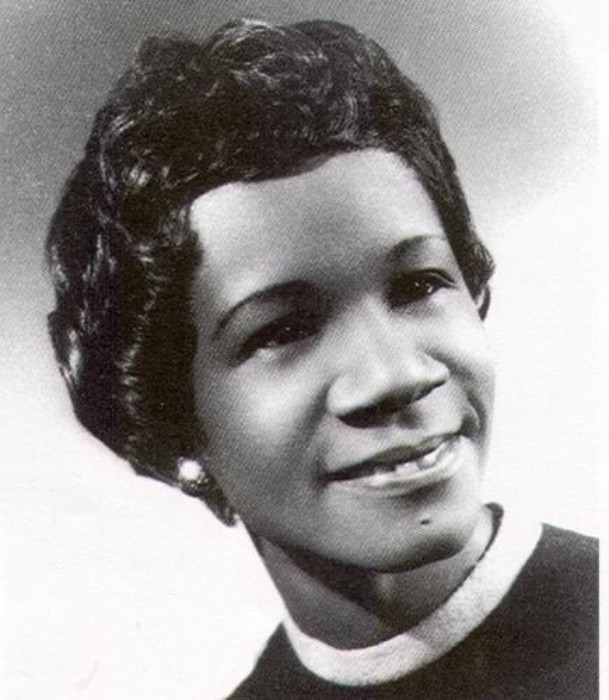
Next: There is so much fascinating information in Shirley Chisholm’s life that it’s going to take one more chapter to finish this walking tour. In 1972, she and Conrad moved again, so we’ll look at that house and more Crown Heights buildings that are important to her life story. Read on to Part 3 for the conclusion.
Related Stories
Walkabout: A Shirley Chisholm Architectural Walking Tour, Part 1
Walkabout: A Shirley Chisholm Architectural Walking Tour, Conclusion
Shirley Chisholm, Bed Stuy’s Restoration, and More: 5 Longreads for a Long Weekend
Email tips@brownstoner.com with further comments, questions or tips. Follow Brownstoner on Twitter and Instagram, and like us on Facebook.
[sc:daily-email-signup ]








Thanks for this post, Montrose Morris. I agree with The What about well written and well researched. Bed Stuy’s been a nabe for serious people more than a century now, no interruption.
Sadly they don’t know, they don’t care.
Great articles MM, well written, well researched.
.
The What
Someday this war is gonna end…